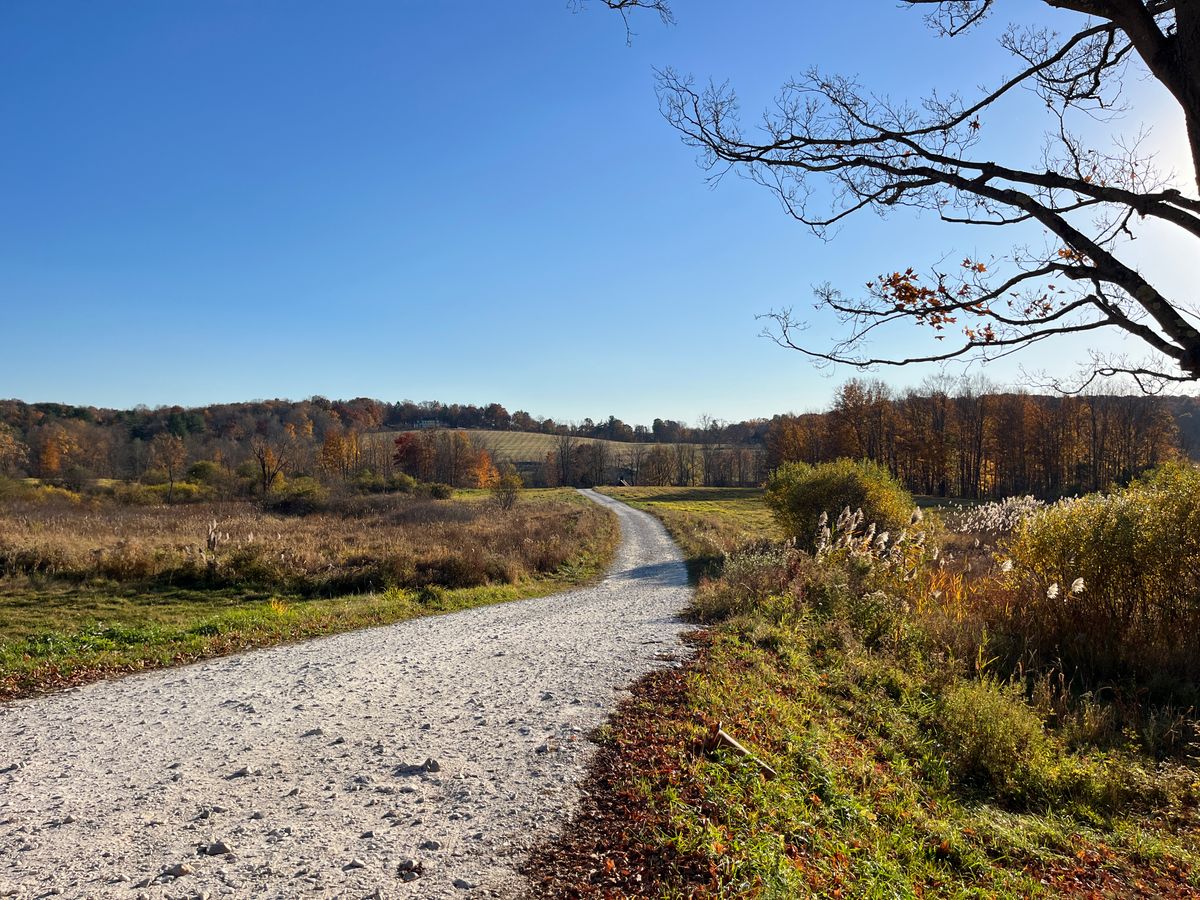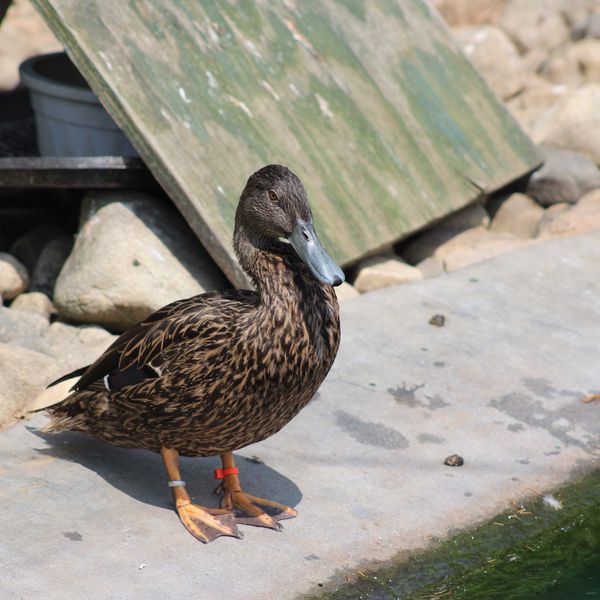Dept. of Agriculture allows construction on second protected farm in Sharon

Connecticut Department of Agriculture approved development of a home on protected farmland at 39 Sharon Mountain Rd. Up on the hill, a large home is visible.
Photo by Taylor Plett









 Joel Blumert, right, followed by Trish Walter, of Collinsville, and Linda Huebner of Halifax, Vt., climb the ridge leading to the summit of Bear Mountain on New Year’s Day. Photo by Steve Barlow
Joel Blumert, right, followed by Trish Walter, of Collinsville, and Linda Huebner of Halifax, Vt., climb the ridge leading to the summit of Bear Mountain on New Year’s Day. Photo by Steve Barlow




